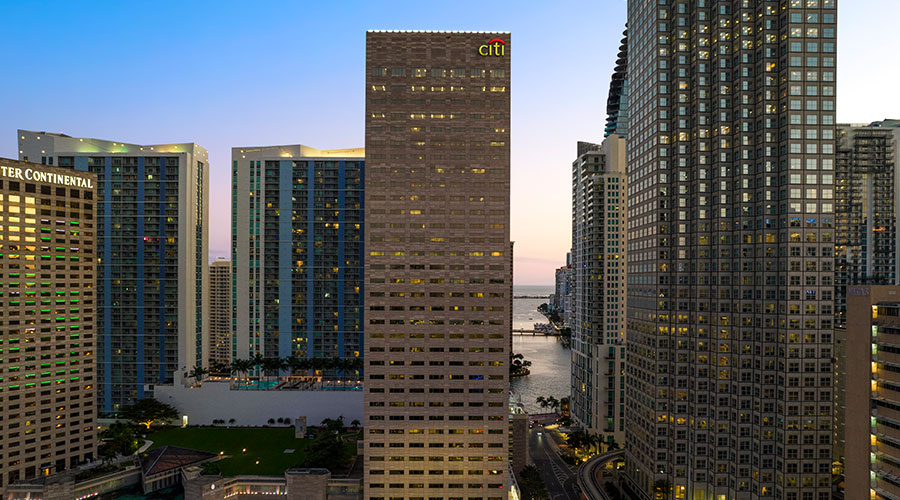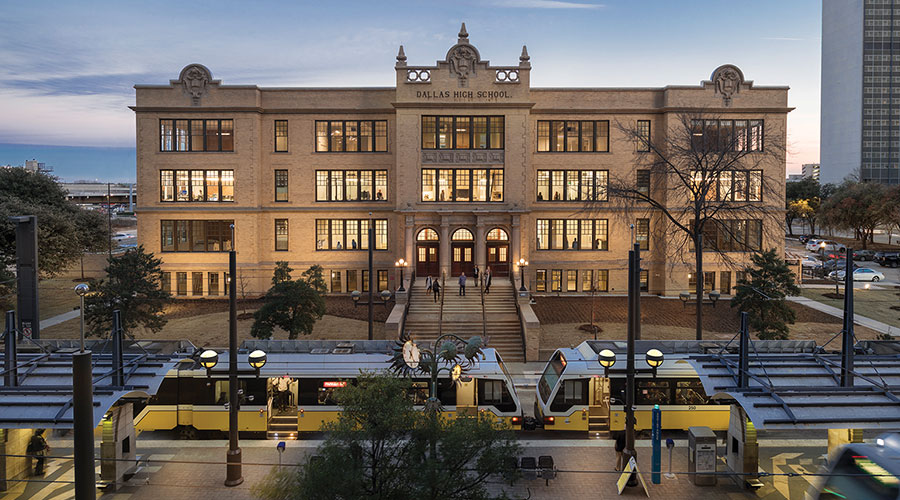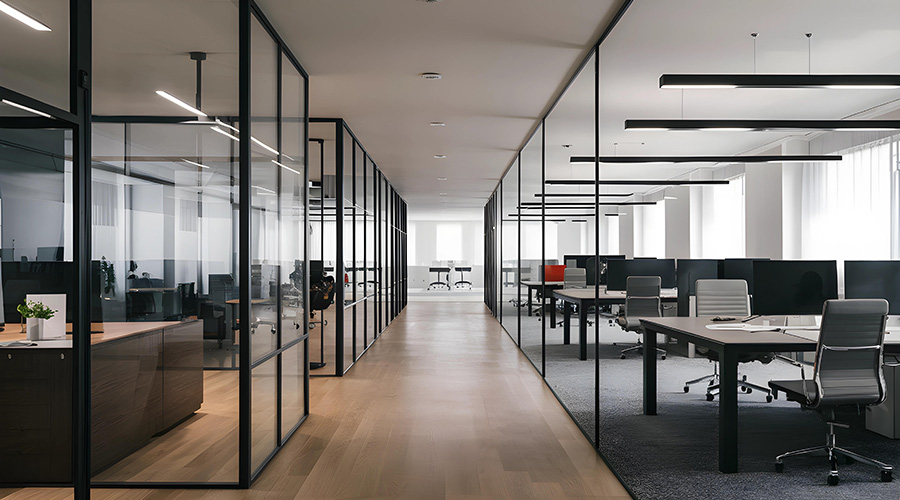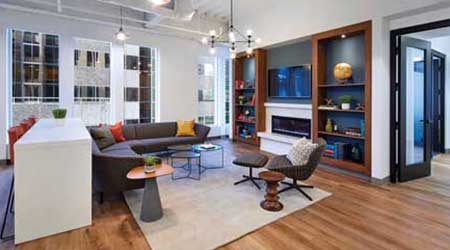 The future of the workplace promises a significant increase in the amount of remote working, with more office space resembling home space. Kevin Chu + Jessica Paul
The future of the workplace promises a significant increase in the amount of remote working, with more office space resembling home space. Kevin Chu + Jessica PaulHow Workplace Design Supports Community, Collaboration
Building and maintaining a strong culture and community will increase the role of human resources in facilities management. The facilities management role will continue to evolve with an emphasis on wellbeing and user experience.
In this social experiment with distancing, we feel the stress of not being together. New COVID-19 practices have fragmented us as a social community. Technology has brought some semblance of belonging through group chats, conference calls and online presentations. Now more than ever, we are turning on those video cameras to be part of a community in our virtual workplace. Similarly, the connectivity and the quality of experience for a remote worker is imperative to safeguard culture and teamwork. That demand and expectation, solidified by COVID-19, will not go away.
The future of the workplace promises a significant increase in the amount of remote working, with more people demanding flexibility on when they need to make a daily commute into the office.
Collaborative technology enabled the transition to working at home to occur relatively seamlessly. While many companies previously supported remote policies, for those that did not, COVID-19 has shown that “out of sight, out of mind” has not affected performance and productivity. This massive shift toward digital work will ultimately influence companies that have been averse to remote working, likely resulting in them accepting the alternate way of working based on ROWE (results-oriented workplace environment).
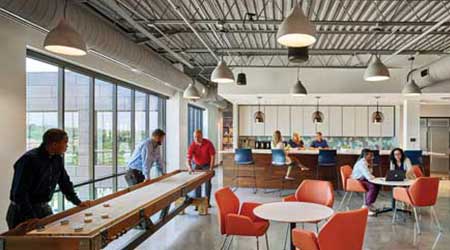
(From a facility perspective, enhancing the organization's innovation process is all about providing the right spaces for people to use their creative brains. Credit: Barry Halkin)
Collaborative technology is more intuitive and user friendly, with a bandwidth great enough to handle work being conducted anywhere, anytime. The COVID-19 shutdown has forced those who were technologically reluctant or late adapters to jump on board or be left behind. The isolation has been a great motivator for adapting and inventing new ways to use the technology at hand. It will push innovations into wider use, and soon into the development of new features and capabilities. The speed of the technology development cycle is substantially shorter than that of the workplace lifecycle. To accommodate the implementation of emerging technology, workplace design must be flexible, easily accommodating change with minimal business interruption.
New mindset
With a more fluid workforce, building and maintaining a strong culture and community will increase the role of human resources in facilities management. The facilities management role will continue to evolve with an emphasis on wellbeing and user experience. Associated with this and building on the lessons from co-working and the hospitality arena, the concierge/community manager will become essential positions for leveraging the workplace. A concierge or community manager positions is a hybrid of facilities and human resources functions, focusing more on personal connections, touchpoints, and interaction. The primary charge is to bring disparate group of people together. This can be accomplished across a broad spectrum of activities, from curating events like speakers and happy hours, to promoting engagement or smoothing the onboarding process and providing a direct link to business services. This human interaction element is of major importance in an agile workplace.
The next decade promises a change in the mindset of corporate real estate. The current situation has shown the need to be both resilient and agile. Most companies still base their real estate needs on 100 percent occupancy. With the typical North American office space being occupied less than 60 percent of the time, there is an opportunity for a major shift and focus on providing an agile real estate strategy blending leased spaces, co-working and workspace-on-demand to address multiple workplace requirements.
Changing demographics will raise other issues, with multiple generations in the workplace, and the need to address commuting for those who live in the city and work in the suburbs and vice versa.
The co-working model has experienced rapid growth over the last decade, providing an option for start-ups, small businesses, and corporations looking to support small businesses or open satellite offices. In the next 10 years, a hybrid of the coworking model is likely to evolve to address a significant increase in workspace on demand. Workspace on demand will encompass multiple modes, ranging from renting a space by the hour to purchasing memberships that enable you to work at any location within a network of approved locations regionally, nationally, or globally depending on the membership type.
COVID-19 is leading organizations to completely re-examine how they conduct work and reassess what is valuable to productivity and to the culture. Its impact has already been profound, and it has shown how resilient we are in adapting to unprecedented circumstances. It reminds us that our social interactions have value for our quality of life. It reminds us that as cerebral humans, we have to find the upside of what has been forced upon us — leaning into the examples that history tells us. Shakespeare wrote some of his greatest tragedies during his quarantine from the plague, while Sir Isaac Newton developed calculus and analyzed the light spectrum and gravity, contributing to the laws of motion. This modern quarantine has challenged myths and is providing multiple lessons for the future design of the workplace if we can turn off from technology for a while and be mindful enough to pay attention.
John Campbell is principal at Francis Cauffman Architects. Ann Hoffman is director of workplace strategies.
Related Topics:












